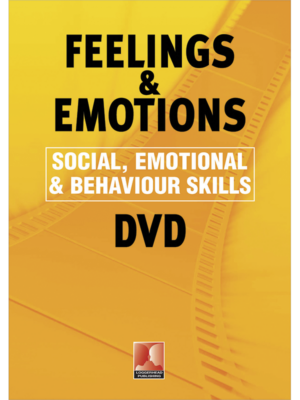Description
People with learning disabilities often depend on others for the support they need in order to live their lives. For this reason, effective communication is essential if people with learning disabilities are to secure rights, inclusion, choice and independence. The degree to which individuals depend on the support of others varies from one person to the next – support may be for just a couple of hours a week to do the shopping and make sure the bills get paid, or, for an individual with high support needs, it may be round-the-clock help from a small team of personal assistants. For all individuals, however, the effectiveness of the support provided depends on the quality of the relationship between the individual and those who support them. The quality of this relationship depends, in turn, on the quality of the communication between them.
This Care Quality Guide is based on the training pack Effective Communication with People with Learning Disabilities, and explains the fundamental basics of good communication to inspire care workers to think about the way they communicate with the people in their care.
Communicating Effectively with Individuals with Learning Disabilities: A Care Quality Guide for health and social care staff and carers distils the information in the main training pack and includes new and unique content to allow for individual study.
It explores the EPIC model of communication, devised by the authors, and how the four elements of this model need to be in place for good communication to take place:
E – The communication Environment
P – The communication Partner
I – The Individual’s communication skills
C – The communication Culture
In this model, the communication partner is the essential element of the jigsaw that needs to be in place for all the others to connect.
It also covers how to avoid communication breaking down, and practical guidance for techniques to repair if and when it does, and provides descriptions of a wide range of communication techniques and aids to further enhance work with people with learning disabilities, such as gesture and eye gaze, pictures and photographs, visual timetables and hi-tech communication aids using iPads, for example, or other technological supports.






Reviews
There are no reviews yet.